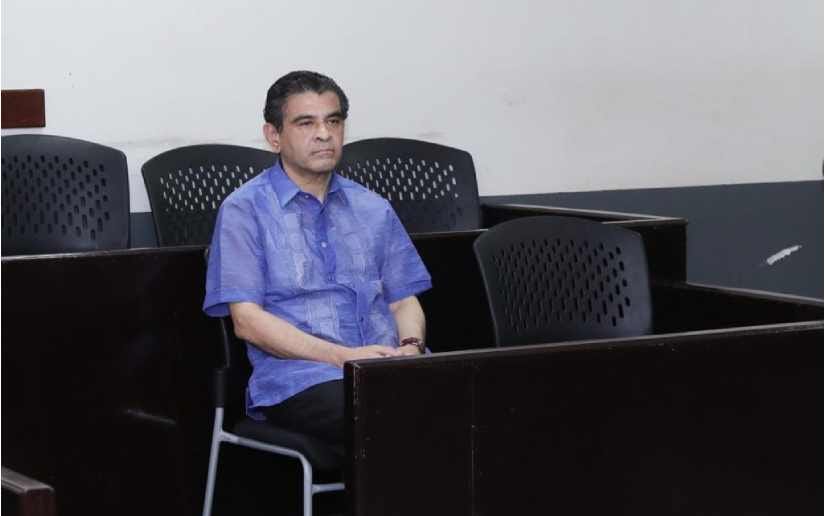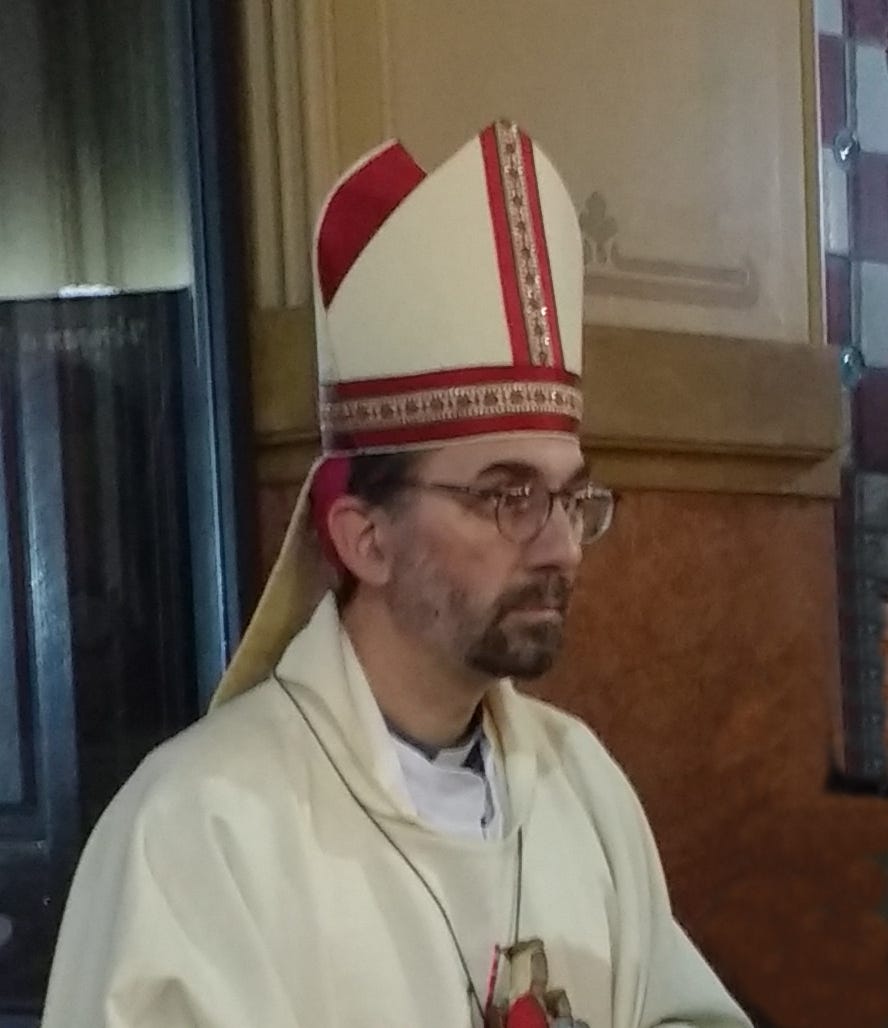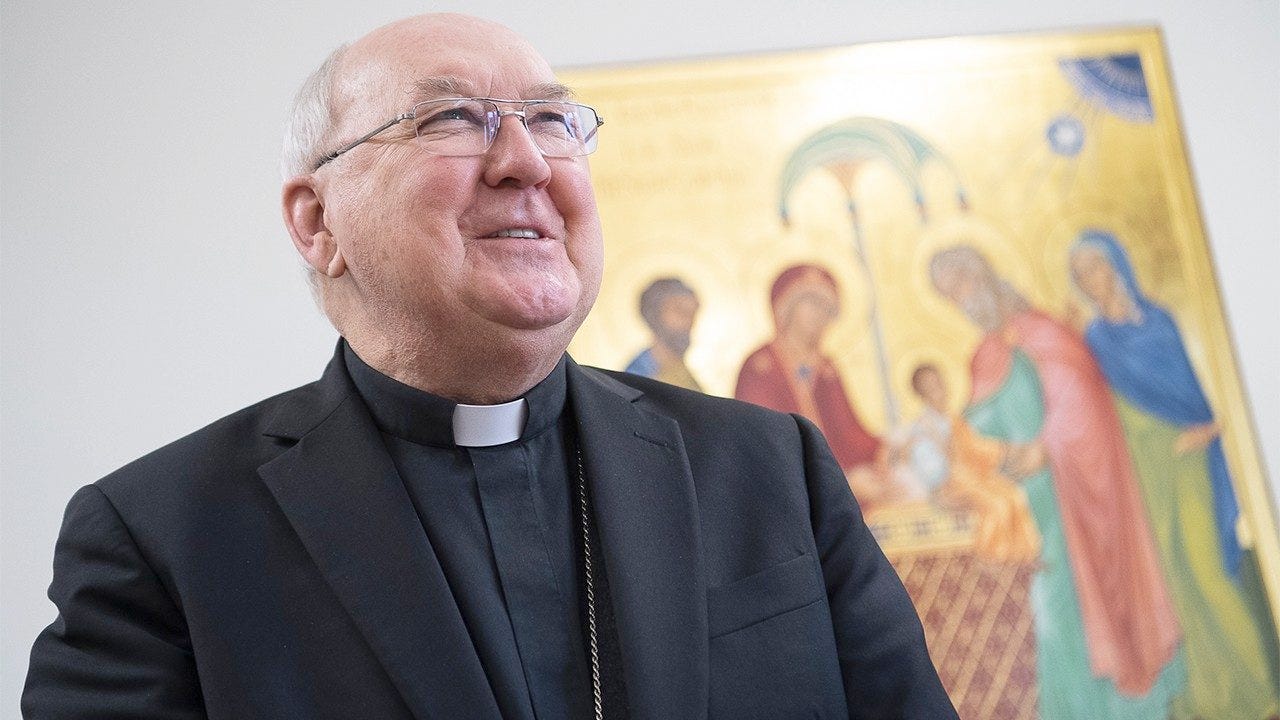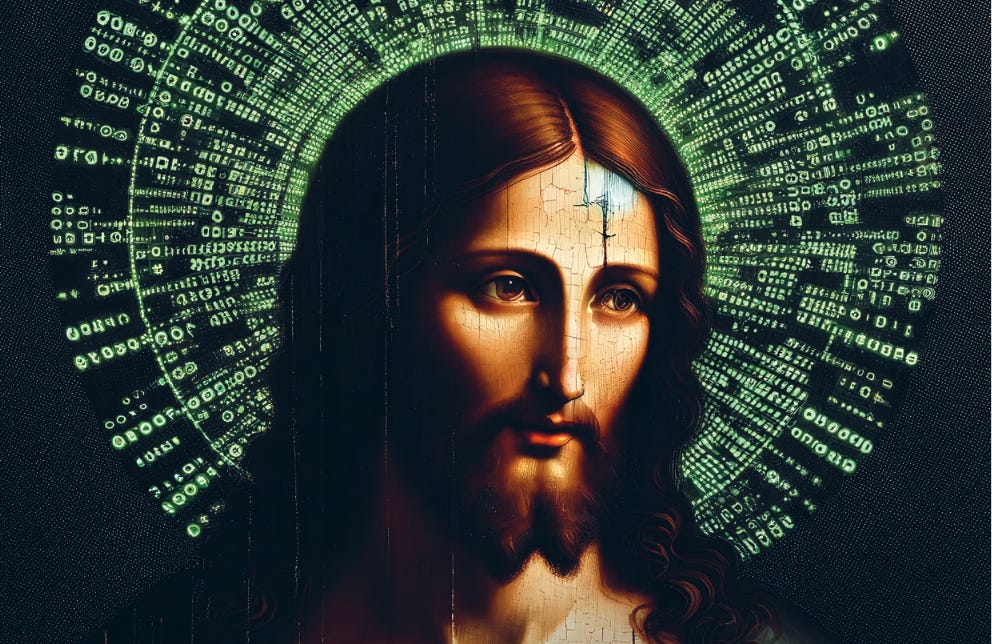
While Nicaraguan Bishop Rolando Álvarez was sentenced this month to a 26-year prison sentence for opposing the regime of Nicaraguan dictator Daniel Ortega, the Holy See has yet to decide what to do about the bishop’s Diocese of Matagalpa, which the bishop would likely have difficulty overseeing from a prison cell.
Although canon law is meant to ensure nearly automatic continuity of governance in dioceses when bishops become “impeded” in their ministry, a challenging political situation in Nicaragua means that the Holy See is likely deliberating between several options for dealing with the leadership of Álvarez diocese.
Each possibility offers pros and cons, but eventually someone is going to have to decide which solution to try — and that someone is probably going to be Pope Francis.
After months of house arrest and detention for his opposition to the Ortega regime, the bishop was convicted of conspiracy against national integrity, propagation of fake news, aggravated obstruction of functions, and disobedience to authority.
Álvarez reportedly decided to refuse deportation and a life in exile in order to remain close to his people.
According to local news reports, the bishop opted to remain in Nicaragua while encouraging the exile of his priests who had been arrested with him, saying “Let them be free, I will serve their sentences.”
The bishop has won plaudits internationally for his refusal to abandon his country, and Pope Francis has called for prayers for Álvarez, while speaking of his “concern” for the situation of political prisoners in the country.
But while in prison, Álvarez is unable to fulfill many of the basic responsibilities of the diocesan bishop, both liturgical and administrative.
Given that he is unable to communicate freely with the outside world, it could well be argued that his diocese likely fits the canonical definition of an “impeded see,” though the Vatican has not yet formally declared that.
And if the Vatican decides not to formally acknowledge the situation, there are other options to ensure that governance of the diocese continues.
📰
—
The Church’s canon law envisions several situations in which a bishop might be temporarily or indefinitely prevented from leading his diocese in person. But unlike some systems of civil government, it is not the case that every time a bishop undergoes surgery or faces some other temporary impediment, someone else assumes temporary governance of the diocese.
Instead, canon law explains that in a specific set of circumstances, a diocese can be declared formally “impeded,” which means that a new and temporary leader can take the helm. But there are some questions about how exactly that law might work — and some of them are relevant to Álvarez’s situation.
According to canon 412, a diocese is legally “impeded” when “by reason of captivity, banishment, exile, or incapacity a diocesan bishop is clearly prevented from fulfilling his pastoral function in the diocese, so that he is not able to communicate with those in his diocese even by letter.”
In the weeks following Álvarez’s imprisonment, the bishop has yet to release a letter to the diocese, and he is not expected to be allowed free communication with the outside world from jail.
Does that mean the see is impeded?
It’s hard to say.
Canon law does not specify how long the bishop has to go without communication before the see becomes impeded — making the condition effectively a matter of judgment in individual cases.
Curiously, canon law does not actually specify who is empowered to make the judgment about the impeded character of a diocese. But even if others might have that prerogative, the Holy See is always free to act, and could choose to declare the Matagalpa diocese impeded at any point.
If the Diocese of Matagalpa is declared an impeded see, the Vatican has a number of options for how to provide for the governance of the diocese.
The first, and most dramatic, would be for the Vatican to announce the removal of Álvarez as diocesan bishop because of his incarceration, and then proceed to appoint either an administrator for the vacant see, or name a new bishop to succeed him.
On balance, that option is probably the least likely for the diocese.
Although the Holy See has, in recent years, shown itself to be more comfortable with summarily removing diocesan bishops by decree than in the past, removing Álvarez would likely leave the Vatican open to criticism, and could be spun by the Nicaraguan government as a penal measure imposed by the pope in support of Álvarez’s civil criminal conviction.
Such a move could also draw unfavorable historical comparisons with other imprisoned bishops.
In the years following the Second World War, Hungarian Cardinal József Mindszenty was arrested, tortured, convicted of various offenses at a show trial by the Communist government and imprisoned for several years in his country.
Yet Mindszenty remained the Archbishop of Esztergom, and officially the primate of the Church in Hungary, well after his release into exile, and even past the normal episcopal retirement age of 75.
-
More likely than removing Álvarez from office is the prospect of naming an apostolic administrator sede plena — a temporary leader for an impeded see.
In that case, Álvarez would remain the diocesan bishop, while another priest or bishop was appointed to oversee the day-to-day responsibilities for the diocese, until Álvarez gained freedom to resume his duties.
But in Álvarez’s case, the Vatican might decide that even that measure would be unhelpful, or even counterproductive.
In order to announce a temporary apostolic administrator, Rome would have to express some rationale for the appointment — and that would likely entail making a formal recognition of Álvarez’s situation as a political prisoner, which the Vatican has not yet done.
While Francis has publicly spoken of his “concern” for Álvarez and the situation in Nicaragua, the pope and the Holy See have stopped short of making public statements explicitly referencing the political persecution of the bishop, and the Church in Nicaragua more broadly.
It is widely reported that the Vatican’s diplomats are sensitive to the reality that overtly antagonizing the Ortega regime could lead to more crackdowns on Catholics in Nicaragua.
In that light, appointing a special apostolic administrator, and recognizing Álvarez’s situation for what it is, might strike the Holy See as doing more harm than good, as long as it has other options.
A sede plena administrative appointment would also raise uncomfortable questions about the technical terms of the appointment.
In addition to being sentenced to more than a quarter of a century in prison, the Nicaraguan court also imposed the penalty of “civil death” on Bishop Álvarez, stripping him of all his rights as a citizen including a state issued ID, passport, and work permit, as well as the civil rights to freedom of speech and association.
As such, even if Álvarez were released tomorrow, he would still be practically impeded from resuming the full governance of the Diocese of Matagalpa, because he would lack the necessary civil rights.
Given that situation, a temporary appointment by the Vatican, made provisionally until Álvarez can resume his official duties, could become a diplomatic problem, which would lead to more Christian persecution, if it portrayed by the Nicaraguan government as a Vatican look toward regime change.
—
With little or no fanfare, the Vatican could appoint an assistant bishop for the diocese, either a coadjutor bishop, or an auxiliary with special faculties to govern the diocese in Álvarez’s absence.
In both cases, Álvarez would remain the diocesan bishop, even while the diocese could be governed by the new bishop appointee. Legally there is no real distinction between a coadjutor bishop and an auxiliary with special faculties, except that a coadjutor has automatic right of succession in the event Álvarez either resigns from office or dies.
In fact, given the legal mechanisms to assure the continuity of governance in the event of an impeded see, the Holy See could actually appoint an auxiliary bishop for the diocese without special faculties, and — given Álvarez’s current status — that appointee would acquire the power to govern the diocese in the bishop’s absence by the law itself.
In the event that a see is impeded, the Code of Canon Law has an automatic line of succession for who steps in as diocesan administrator to provide temporary governance, until the Holy See provides otherwise.
First, governance passes to the coadjutor bishop, if there is one. Absent that, the auxiliary bishop of the diocese takes possession of the diocese on a temporary basis — if there is more than one auxiliary already in place, the senior bishop by appointment takes control.
When, as is the case in Matagalpa, there is no auxiliary bishop, then the vicar general of the diocese, followed by the episcopal vicar of the diocese (by seniority when there is more than more than one) takes temporary charge.
If all of these are absent or impeded — if they had already been arrested or deported, for example — then the line of succession is meant to follow a special list every bishop is meant to file with the local metropolitan archbishop, designating, in order, other priests to fill the role of diocesan administrator.
Should no such list exist, or if it is unavailable, then the college of consultors of the diocese is to meet to select a diocesan administrator, who should immediately inform the Holy See of his new role.
Start your day with Starting Seven - a daily news roundup in your inbox.
—
Although canon law provides for a diocesan administrator to take office more or less automatically in the event the Holy See chooses not to act, that doesn’t mean it would happen, necessarily, in the case of Bishop Álvarez.
Absent Vatican intervention, someone still has to make the determination that the see is impeded in order for a diocesan administrator to take office.
While canon law does not specify who can make this determination, in the absence of an auxiliary in the diocese it is usually expected that the local metropolitan archbishop, together with the apostolic nuncio, would at least be consulted by the presumptive administrator before any announcement was made.
In Nicaragua, that usual expectation runs into a number of problems — for a start, the papal nuncio to the country, Archbishop Waldemar Stanisław Sommertag, was expelled in 2021. And the local metropolitan, Cardinal Leopoldo José Brenes Solórzano of Managua, is unlikely to want to make any public declaration related to Álvarez’s status lest that provoke the government.
While it is possible for the vicar general, episcopal vicar, or someone otherwise selected by the college of consultors to assume the role of diocesan administrator, they would have to at least inform the metropolitan and the Holy See of their decision — if they were then allowed to carry on in that role tacitly, without Rome or the local cardinal-archbishop weighing in publicly, it would essentially leave a local priest to shoulder the public responsibility for declaring Álvarez impeded.
But even if Rome would like to shy away from getting too involved in Álvarez’s case or the situation of his diocese of Matagalpa, and even if it is possible to allow a diocesan administrator to quietly emerge at the local level, the bishop’s incarceration will likely require the Holy See to intervene eventually anyway.
In addition to being the ordinary bishop of Matagalpa, Álvarez has also served as the apostolic administrator of a second Nicaraguan diocese, Esteli, since 2021. As an apostolic administrator — appointed directly by the pope — Álvarez can only lapse from that role, or be replaced in it, by a decree of the pope.
But, unlike diocesan bishops, apostolic administrators are temporary figures, and do not have the same kind of stability in office — they can be removed and replaced at will by the Holy Father for any reason he deems prudent.
Indeed, Pope Francis could, without mentioning Álvarez, his case and imprisonment, or even the situation in Nicaragua at all, appoint an auxiliary bishop for Matagalpa with the special faculties to serve as apostolic administrator of the Esteli diocese at the same time.
That would allow the new bishop to replace Álvarez as apostolic administrator of Esteli and assume indefinite temporary charge of the Matagalpa as diocesan administrator, even without a special papal designation.
Considering that Álvarez’s imprisonment now leaves two dioceses without a leader, and given the Holy See’s likely desire to avoid inflaming tensions with the government if at all possible, this is probably the most likely solution for addressing the situation — at least for now.



